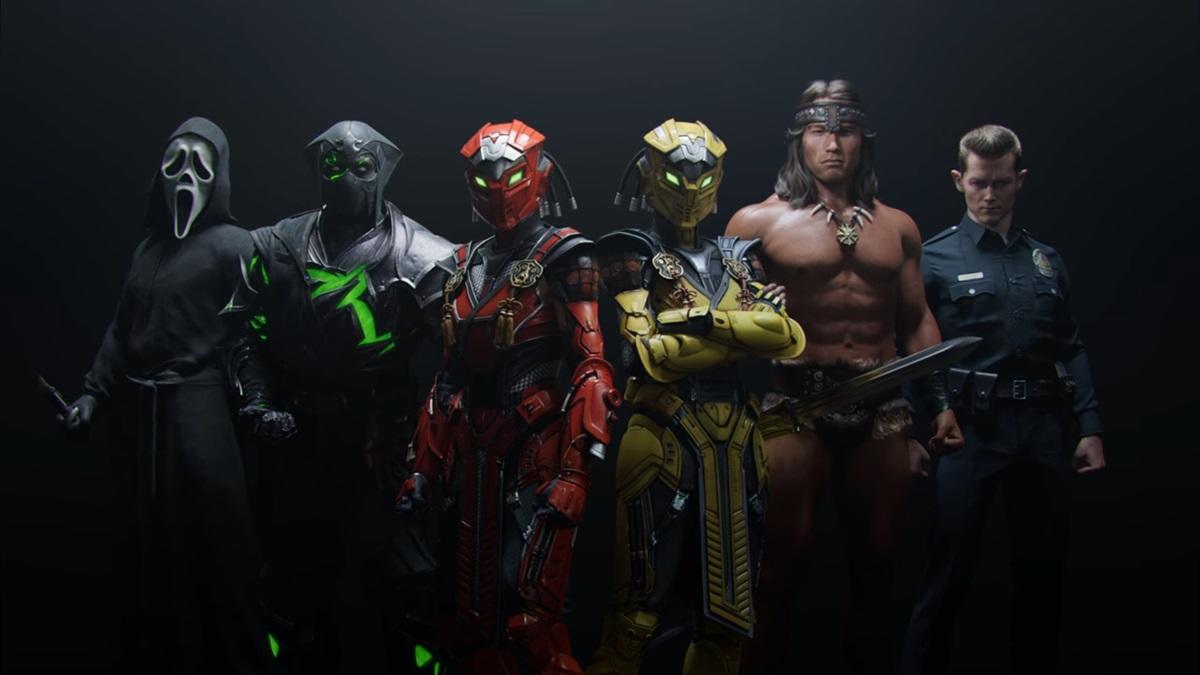What Is Patrick Gleason's Place at Marvel Comics?
It was announced earlier this month that comics artist Patrick Gleason would be joining Marvel [...]

It was announced earlier this month that comics artist Patrick Gleason would be joining Marvel Comics with an exclusive contract. This came as a surprise to many readers who have come to associate his style with many of DC Comics' best offerings from the past decade. With only a few exceptions, specifically X-Men Unlimited at Marvel and Noble Causes at Image Comics, Gleason had spent most of his time working on the vast array of characters under the DC umbrella. That leaves many to wonder how exactly Gleason will fit in at Marvel Comics, and where he will carve out a new niche for himself.
Luckily, that also acts as a wonderful excuse to examine Gleason's career and what makes his style and approach to comics storytelling stand out. If his name isn't one that superhero readers are already aware of, then it soon will be as he brings one of the keenest eyes for dynamic figures and precise emotion to a whole new cadre of beloved characters.

A Star-Making Turn at DC Comics
Gleason came to many readers' attention in the midst of Geoff Johns' multi-title Green Lantern saga. He penciled the five-issue miniseries Green Lantern Corps: Recharge, which was then spun into an ongoing title. One of the first things to stand out was how capably Gleason handled such a wide variety of character designs, articulating a largely non-human cast with the same range of motion and emotion that many artists struggle to imbue with standard anatomy. In addition to capturing the essence of classic aliens like Kilowog and Katma Tui, he also designed many new Lanterns who stuck around for years to come, including Isamot Kol and Soranik Natu. In the Green Lantern Corps ongoing, his designs provided a balance to more line-heavy artists working on the core Green Lantern series. Whereas someone like Ethan Van Sciver might abhor any negative space or uninflected cheekbones, Gleason was more capable of reducing characters to their essential forms and allowing even crowded scenes on Oa to breathe.
These are all strengths that would grow as Gleason moved onto other titles, including Batman and Robin, Robin: Son of Batman, and Superman. These three series drew attention to another rare strength in Gleason's work: his ability to depict children well. It is a truly underrated skill, especially in superhero comics where most of the focus rests on athletic, adult frames. Far too many children are indistinguishable in age or appear like adult faces resting on shrunken bodies. The number of horrifying toddlers in Spider-Man comics could create a long (and hilarious) list. Gleason captures both the awkwardness and age of young people extraordinarily well. Jonathan Kent looked his age in the pages of Superman and could carry the more family-focused Superman title for entire arcs on his own. Rather than defaulting to late adolescence like with most Teen Titans series, Gleason can comfortably capture the stories of children. His most recent work on Young Justice has only reaffirmed this rare ability to distinguish young superheroes, even abundant teams of them.

The Big Marvel Announcement
When Marvel Comics announced that Gleason would be joining the company on an exclusive basis, they also provided the first hint at what his future work would look like. Gleason will make his debut on Amazing Spider-Man #25 in a short story with no further details at this time. A preview image of Spider-Man for Fan Expo Dallas along with Gleason's announcement spread with many Marvel characters offers some hint of what his take on the web-slinger would look like.
Spider-Man makes a natural fit for the artist. He is an incredibly dynamic character, and one that always looks best in motion. While Gleason has shown he can capably convey the muscle and weight of Superman, it was Jonathan Kent that brought life to their shared adventures. Spider-Man's long gangly limbs and tendency to literally swing between locales embraces a high-movement aesthetic.
There's also the expansive supporting cast of characters to consider. Whether it's Peter's family in the form of Mary Jane, J. Jonah Jameson, and Aunt May or far too many classic villain designs to list, Spider-Man is one of Marvel's most visually diverse titles. Gleason's work on Green Lantern Corps made it clear that he's not only a versatile artist, but someone who thrives on stacking a wide variety of forms and shapes in the same room. Spider-Man allows the bold, dynamic design elements present in this work to showcase classic Ditko and Romita ideas with a modern spin.

What's Next for Patrick Gleason?
Spider-Man makes an excellent fit for this particular debut, but with an exclusive contract it's clear that Gleason will be working on an array of popular properties. With so many iconic heroes and teams in the House of Ideas, it's not difficult to find several that make a perfect fit for Gleason's storytelling. None function better than the recently revived Fantastic Four and Future Foundation, though.
The core of the Fantastic Four showcases some of the most dynamic and varied designs brought together in superhero comics. Mr. Fantastic and The Thing alone make for an incredible contrast in size with both characters featuring lots of movement. It's the children that have grown this family that make the property especially appealing for Gleason's style. Not since Michael Allred ended FF have the many small lifeforms who compose the Future Foundation been shown to be as lively and diverse as they are. Gleason is one artist who can populate a superhero book with children and make the action every bit as compelling as when The Thing is taking the lead.
More than anything else, it's that this is the Marvel Comics property with more heart than anything else. It is the series that was always about family, even before it was about discovery or action, and that is a theme that fits perfectly within Patrick Gleason's career. Green Lantern Corps thrived on the camaraderie of aliens working together. Batman and Robin could easily pivot into tear-jerking investigations of fathers and sons. Superman regularly inspired by showing Clark Kent's best powers rested in his abilities as a husband and dad. Gleason has always been able to pivot from dynamic, high-flying antics to intensely human moments and familial bonds. The Future Foundation is one Marvel property that utilizes all of Gleason's strengths. There's no doubt he could deliver a truly iconic vision for superhero comics' original family.




